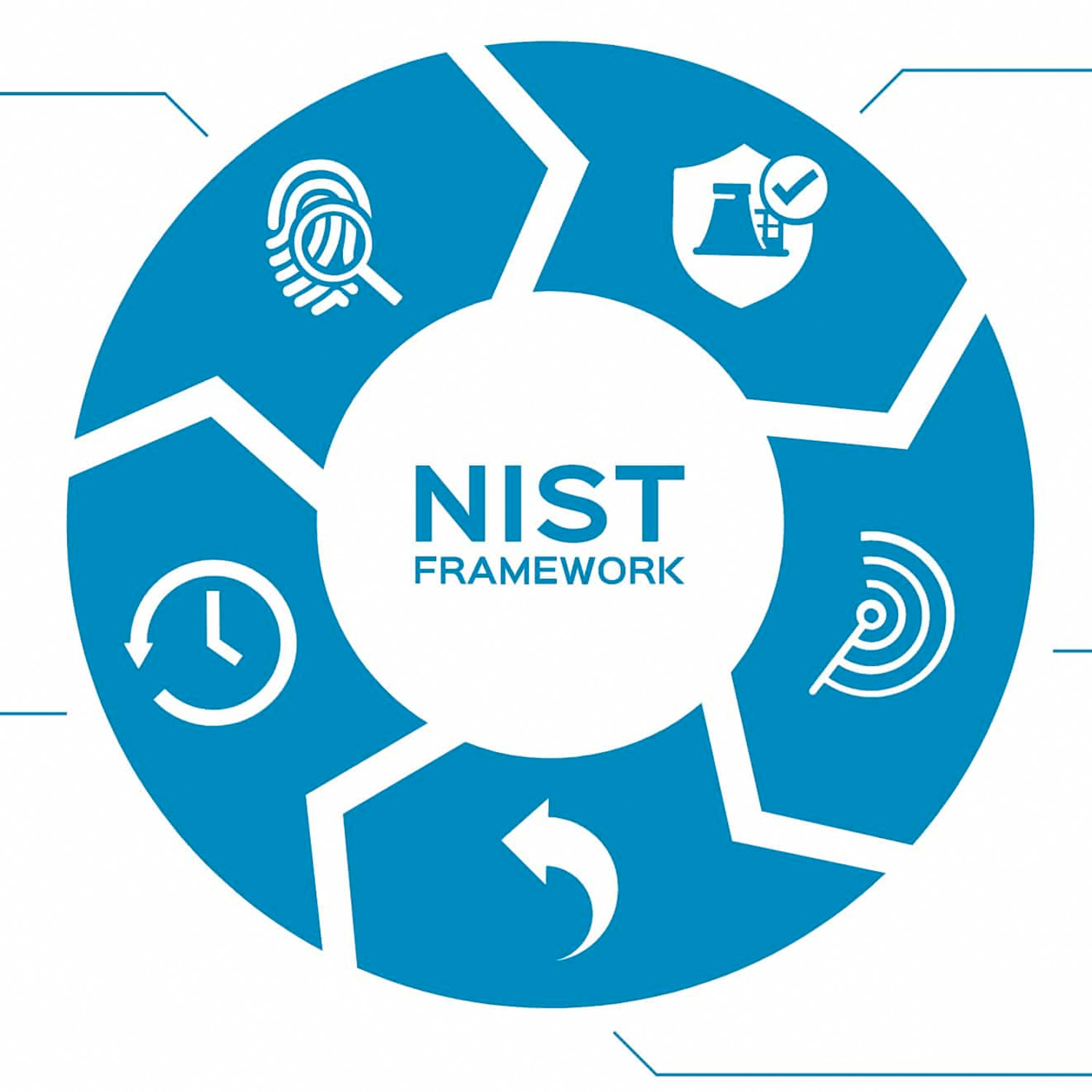 Protecting sensitive data and essential technology from cyberattacks is crucial for businesses of all sizes. Your organization's resilience and expansion rely on its ability to withstand these threats, emphasizing the significance of cyber risk management.
Protecting sensitive data and essential technology from cyberattacks is crucial for businesses of all sizes. Your organization's resilience and expansion rely on its ability to withstand these threats, emphasizing the significance of cyber risk management.
Businesses employing robust cyber risk management strategies can fortify their cyber defences and mitigate risks while fostering business growth. Besides bolstering security, these strategies ensure business compliance with regulations.
In this blog, discover the foundational principles of cyber risk management and how integrating them with a straightforward yet efficient security framework can drive strategic success.
Key Aspects of Risk-Based Cybersecurity
A risk-based cybersecurity approach allows organizations to allocate their efforts and resources to combat the most crucial risks. This strategy seeks to mitigate vulnerabilities, protect critical assets, and enable well-informed decision-making.
Here are the primary components of risk-based cybersecurity:
Risk Mitigation: Proactively identifying and neutralizing threats helps minimize the potential impact of cyber incidents.
Strategic Investment: Assessing and addressing risks enables focused investment in areas demanding the most attention.
Critical Risk Management: Prioritizing the handling of severe vulnerabilities bolsters overall business security.
Cyber Risk Management Frameworks
Cybersecurity risk frameworks serve as guiding tools, facilitating businesses in maximizing the benefits of a risk-based approach. Here's how frameworks contribute to enhancing your current cybersecurity posture:
- Eliminating Guesswork: Frameworks offer structured assessments of current cybersecurity stances.
- Targeted Investments: Organizations can channel resources systematically towards addressing critical risks.
- Building Trust: Guided by frameworks, businesses instill customer trust by enhancing security.
- Tried and Tested Controls: Frameworks aid in implementing effective security controls derived from validated practices.
- Regulatory Compliance: Frameworks assist in meeting government and industry regulations.
NIST Cybersecurity Framework
The National Institute of Standards and Technology Cybersecurity Framework (NIST CSF) is a widely used, user-friendly framework empowering business leaders to bolster organizational cybersecurity. It serves as a valuable tool crafted by top security experts to protect and secure digital assets.
Here’s how NIST CSF supports a risk-based approach:
- Identifying Valuable Assets: NIST CSF helps understand risks associated with crucial assets.
- Comprehensive Security View: It offers an inclusive perspective of aspects requiring protection for seamless business operations.
- Risk Prioritization: Prioritizing risks based on business impact aids in resource allocation.
- Optimal Resource Utilization: It ensures resource allocation to maximize investment.
- Adaptive Security: Promotes continuous monitoring and adapts to evolving threats.
Secure Your Business’s Future
Protecting your business from cyberthreats is pivotal for its sustainability and expansion. Don’t leave your security to chance. Consider partnering with an experienced IT service provider. Contact us now!
Download our infographic, "Assess Your Cyber-Risks in 7 Critical Steps," to fortify your defences against lurking cyber dangers."




